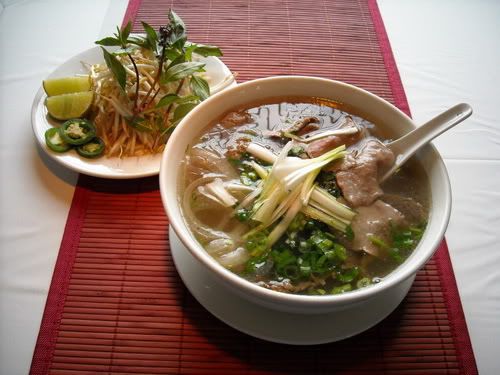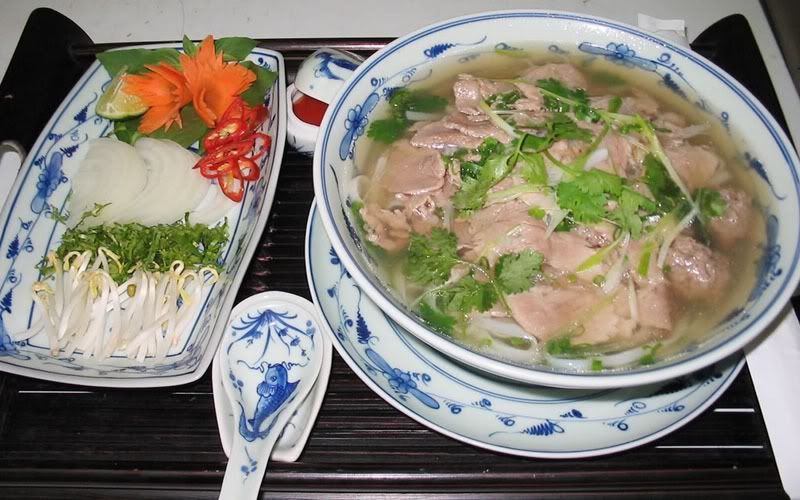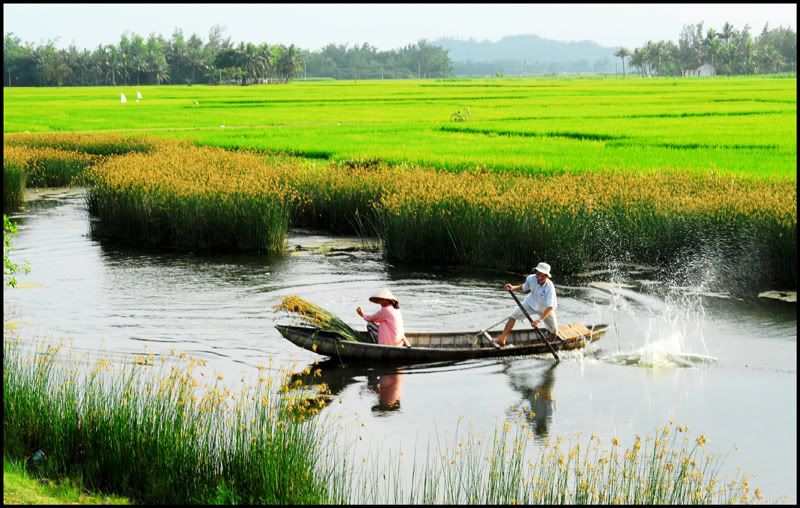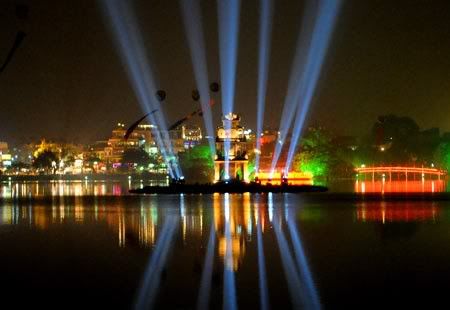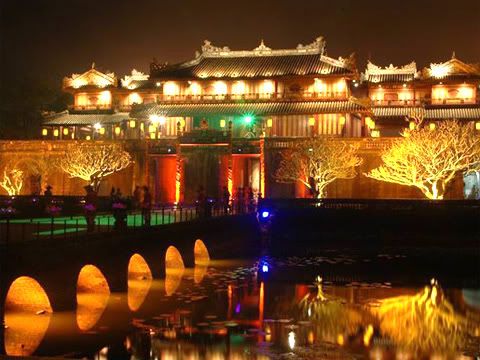Visa and work permit requirements change depending on your citizenship so check with the Vietnamese embassy before you travel.Your sponsoring agency will get you work permits and visas before you arrive. Those hoping to find a job after arriving will need to acquire a tourist visa and then their company will do the paperwork after employment. To facilitate this bring your original certificates from home. A police certificate from your home country is required and it’s not easy to get once you’re here.
A visa on arrival is possible but you must go through travel agents to have one waiting at the airport on your arrival. You will not be allowed on the plane if you don’t have a visa or fax proving your visa on arrival.
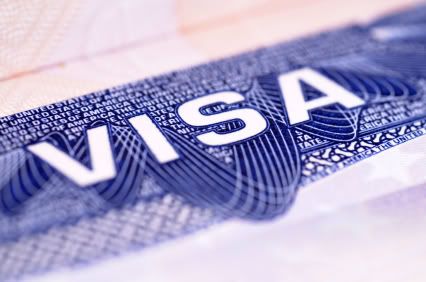
VACCINATIONS
Check with your doctor and get your shots before you arrive. It’s easy to get vaccinations here at reputable clinics when you need updates. (see health) Bring any special medicines and a prescription. Although the large clinics have supplies of medicines you will be busy for the first few months getting settled.
FAMILY
Your brother in law thinks you’re crackers ? Your mother is worried about the UXO situation (UneXploded Ordinance – aka bombs) ? Your uncle won’t speak to you ? Don’t worry – they’ll come around. It can be wrenching, especially if you have children. Look on the bright side. You may be one in a million at home, but in Hanoi you’ll find similar minded people. If you have funds guaranteed (and even if you don’t) promise to return at a certain time or date and start planning a party. In fact it makes it easier for them – not you. Pass out your e-mail address and start a travel blog.
Children, like adults, react in different ways. Take time to help them research their new country. Let them say goodbye to all their friends and family. A small digital camera will allow them to keep photos of their favourite places and people. Resources can be found in most large city libraries or the web to ease the transition.
PACKING
Be merciless – the things you keep in storage – whether in mom’s garage or a ‘pay by the month’ place will lose their value over the years. Gift your friends, the local volunteer agency or have a garage sale.
MEDICAL INSURANCE
Medical insurance is essential so check with your company or home medical insurer about extended coverage. The largest insurance company in Vietnam is Bao Viet. Their packages include ‘evacuation’ which covers your flight to Bangkok should you need special care. Their prices are reasonable and well worth the investment.
WHAT TO BRING
Original paperwork.
Police checks
Updated Drivers license
Photo copies of important documents:
Birth, adoption, marriage, divorce, medical info, tax details, education degrees, pet veterinary certificates, authenticity of antiques, passport, bank details
Special medicines and vitamins
Books for children. (although the Bookworm, 44 Chau Long, is a godsend for parents)
Large size clothes and shoes; they’re hard to find Photos or postcards of your home town – great conversation starters

